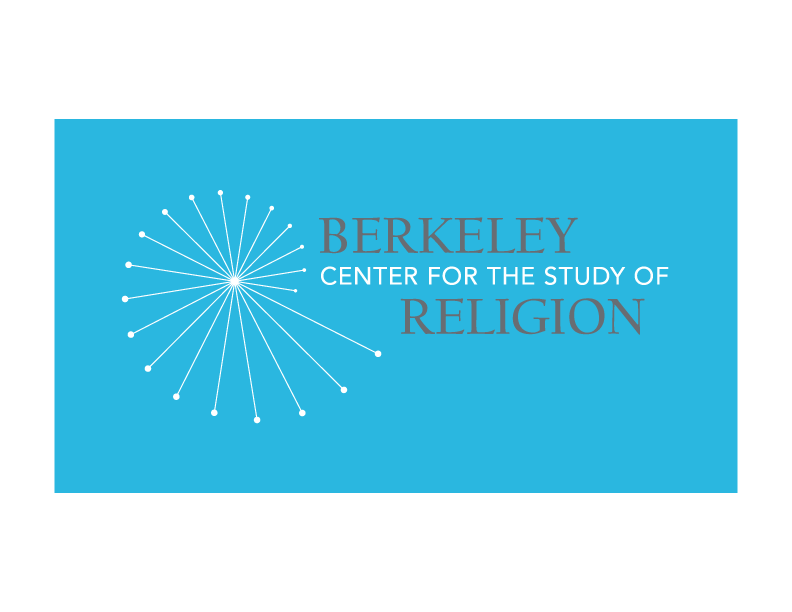Object Histories: Flotsam as Early Globalism
The past decade has witnessed the proliferation of histories written on and from objects. This interest reflects a number of significant developments in the humanities, from increased attention to circulation, gifting or the early history of commodities, to a renewed concern with materiality and a recent fascination with the potential agency of material objects. Much of this work takes for granted the historical value of the artifact as a kind of self subsisting archive whose informational value can be correlated with relevant secondary documents, such as inscriptions, historical texts, and other objects stemming from the same cultural context.
While we agree with the basic principles that underlie such approaches, and have often adopted them in our own work, we have become increasingly aware of three peculiarities of this ‘material turn’ that the proposed project attempts to address directly. First, that much of this work is focuses on the cultures of the early modern period, so that one of the relevant terms is generally European. In practice, this both privileges the writing of histories for which greater archival resources are available than for earlier periods, and often constitutes such histories as expanded versions of European history, with little sense of exchange or reciprocity.
A second, and related, hallmark of such work is that it often entails expansion of the geographic range of scholars with a specifically European (or, conversely, nonwestern) training, rather than entailing sustained collaboration between scholars with expertise in different fields or periods.
Consequently, emphasis on the global as a cultural historical phenomenon has often compounded a double marginalization of the so called premodern and nonwest while simultaneously consolidating, if reinscribing, the traditional role of Europe at the center of things. The challenge, we believe, is to write histories that are truly global in their spatiotemporal sweep and pay attention to the multidirectionality of cultural flows, their historical constitution and material impacts.
Third, where artifacts are central to the writing of history, the specific methodological and theoretical problems raised by object oriented histories are rarely addressed explicitly. As medievalists, we often face the challenge of writing histories for which artifacts, images, or monuments are the only available archives, archives that, more than most, are necessarily comprised of flotsam. In our fields, entire historiographic or interpretive edifices have often been built on a very slim evidential base, with the result that a single artifact, image, monument or text has the potential to radically reconfigure existing landscapes of interpretation. Conversely, a single artifact, image or monument can hold the potential to address or confront lacunae or silences within established canons, historiographies and cultural imaginaries. Despite its obvious limitations, the very contingency of flotsam might even be seen as an advantage, imbuing such materials with archival value that does not easily lend itself to the totalizing narratives of linear or teleological macro histories. Yet, although we constantly negotiate these challenges in our own work, we rarely have the opportunity to address them directly.
Participants:
Finbarr Barry Flood – Introduction
Aden Kumler – Little Wandering Wax Lambs: Agni Dei as Flotsam, Jetsam, Lagan, and Derelict
Lisa Trever – How to Address a Peruvian Riddle in Clay: Phoebe Hearst’s Skeletal-Potato Bottle at the Hearst Museum
Beate Fricke – Introduction
Marian Feldman – Ancient Near Eastern Histories of or by Objects?
Michelle H. Wang – Woven Writing: The Layers of Legibility in Textiles
Cecily Hilsdale – On Cultural Flows: Manuscript Materiality and Byzantine Materialism
Sandy Prita Meier – Asian Ornately Patterned Porcelain Plates Collected on the Swahili Coast of Eastern Africa from the Ninth Century Onwards
Ittai Weinryb – Technique and the Ordering of Things
Sugata Ray – Towards a Planetary Art History: From Viceregal New Spain to Mughal India with Jahangir’s Turkey Cock, c. 1612
Gerhard Wolf – Conclusion and Prospective Thoughts
The Berkeley Public Theology Program invites innovative thinkers and public figures to Berkeley to reflect on the past, present, and future of theological inquiry. Such lectures spark scholarly conversations on campus and place Berkeley at the center of global conversations on religion and public life.

